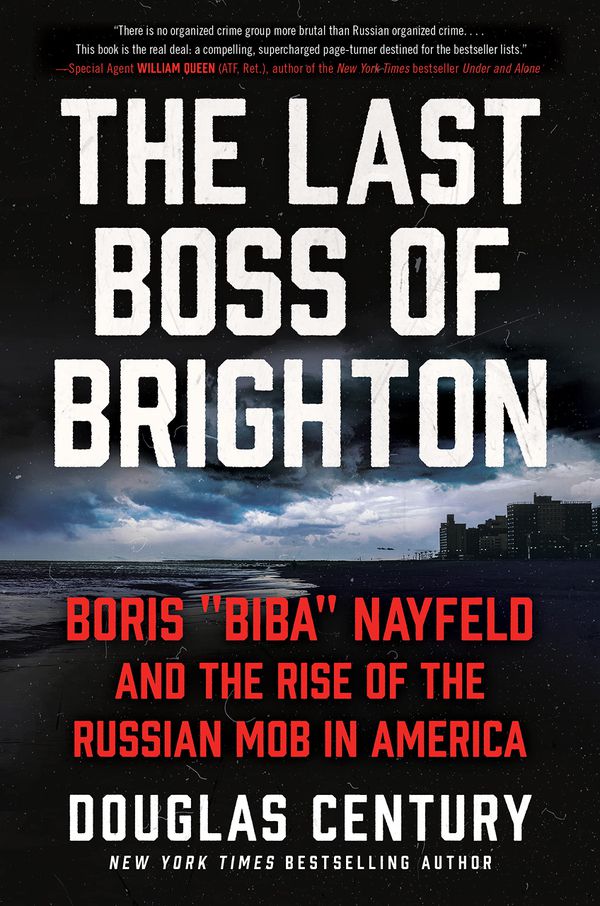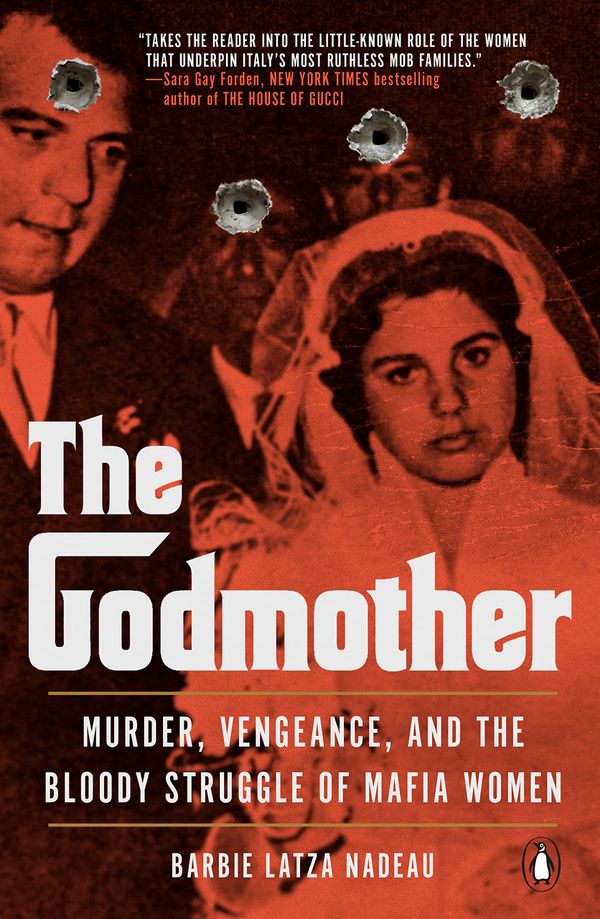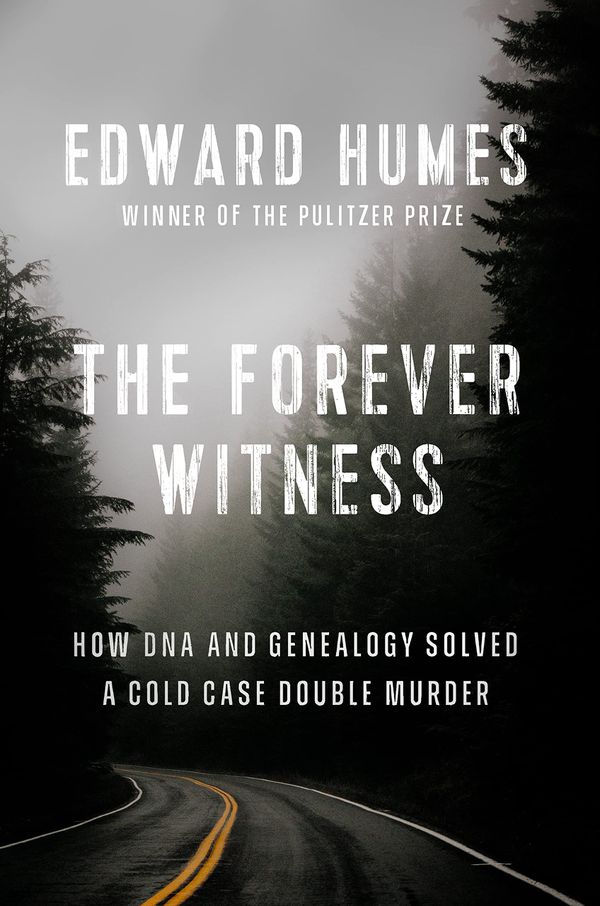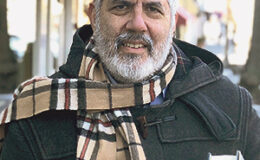
True crime will always be catnip for readers but, as with reality TV, it often relies on established formulas. It’s exciting, then, to see authors like the following three breaking away from numbing tropes to seek out different subjects and approaches and bring freshness to the genre.
The Last Boss of Brighton, Douglas Century
(William Morrow, 416 pages)
Douglas Century’s The Last Boss of Brighton offers up the sordidly riveting tale of Belarusian heroin trafficker Boris Nayfeld, whose criminal education began in his teens in the khuligan (hooligan) street gangs of the former USSR (of which Vladimir Putin was once a proud member) and continued in the gulag where he spent three years before immigrating to the U.S.
In Brighton Beach, the area of South Brooklyn dubbed Little Odesa, which was ground zero for the Russian mob in the eighties and nineties, Nayfeld soon became a trusted enforcer for a series of bosses, before being eventually convicted for multiple crimes.
The Last Boss is almost a straight transcript of the interviews Century conducted with Nayfeld after his most recent release from prison, in 2018, about his colourful history – that colour being, in large part, red – much of which Nayfeld, now in his 70s, has tattooed onto his body. (He’s a dead ringer for Harvey Keitel in The Grand Budapest Hotel.) He obviously sees no reason to hold anything back: Having survived multiple assassination attempts and outlived his enemies, he’s literally the last of his kind.

The Last Boss of Brighton: Boris “Biba” Nayfeld and the Rise of the Russian Mob in America, by Douglas Century.Handout
Century, a Canadian, fashions his own role as a kind of emcee, sticking his head in now and again to contextualize, and occasionally fact check, Nayfeld’s reminiscences. That might sound like a cop-out, but the format has an appealing rhythm to it.
The stories themselves are as mindboggling in their extremity as they are disarming in their honesty. As he recounts, in granular detail, crimes ranging from pickpocketing to violent hold-ups to a massive gas-tax swindling scheme that netted him millions, Nayfeld gives us a tour of a parallel criminal world, with all its attendant rules and “ethics.”
Some of Last Boss’s most head-spinny moments occur when that world intersects with banal aspects of our own. At one point, Nayfeld describes leaving a briefcase stuffed with thousands of dollars – the float for a coming heist – in a Brussels restaurant, then rushing back to find that the staff had safely stowed it, contents intact. He remains full of non-ironic gratitude for the Belgians’ honesty: “We would have started that job two hundred grand in the hole.”
The Godmother, Barbie Latza Nadeau
(Random House Canada, 256 pages)
That parallel-world feeling also pervades The Godmother, Barbie Latza Nadeau’s eye-opening book about women in the Italian mafia, which poses a question: Is the glass ceiling of organized crime one women should aspire to break? Mafiosa, it seems, aren’t waiting for permission. They’ve been breaking it, and other things, for decades, apparently paying no mind to the shards raining down on them.
The chief ceiling-breaker, and Nadeau’s titular subject, is Pupetta Maresca, aka “Lady Camorra,” who, in 1955, avenged a hit on her mobster husband by pumping 29 bullets into his killer on a Naples street in broad daylight, while – and here’s the kicker – she was six months pregnant. Her defiance during her trial made her an instant icon, some even threw flowers at the police van that ferried her to the courtroom. Her son, who may or may not have been murdered by her second husband, was born and partly raised in prison.

The Godmother: Murder, Vengeance, and the Bloody Struggle of Mafia Women, by Barbie Latza Nadeau.Handout
In addition to doing serious, academic-level research on her subject, Nadeau, an American-born journalist who’s lived in Italy for 25 years, visited several of the women she profiles in The Godmother, including Maresca, who died last year.
That she has conflicted feelings toward her subjects makes The Godmother even more interesting. Male mobsters have, of course, been glamourized in popular culture since at least the original Scarface. Their crimes may not be laudable, but Maresca and her many acolytes are generally either born or are married into a world where criminality is the norm, and where leaving boils down to two possibilities: ratting out your loved ones, or getting knocked off yourself. (The downside of Nadeau’s ambiguous stance is a narratorial voice that can flit awkwardly between dispassionate journalist and fangirl: “there was something terribly sexy about Pupetta’s act of vengeance.”)
Still, in a country where prevailing attitudes to women continue, notwithstanding the recent election of PM Giorgia Meloni, to be chauvinistically retrograde, there’s something to be admired about the way female mobsters have managed to fly under the legal radar; this, for the simple reason that authorities, and indeed the mafia itself, consistently underestimate what they’re capable of.
The Forever Witness, Edward Humes
(Dutton, 384 pages)
The impact DNA has had on solving decades-old cold cases has been laid out in umpteen books and shows, but few as interestingly and propulsively as in Edward Humes’s The Forever Witness. In his account of the recent solving, through DNA, of the murder of a young Canadian couple in 1987, The Forever Witness is suspenseful without being salacious. It’s also empathetic to the victims, their families and even, to a degree, the crimes’ perpetrator.
The book’s three parts present as a series of puzzles, the first involving the crime itself, the second the DNA-based determining of the killer’s identity, the last being the unfolding, in a Washington state courtroom in 2019, of the first ever genetic genealogy murder trial.
Tanya Van Cuylenborg and Jay Cook, both from Vancouver Island, disappeared while on an overnight trip to Seattle. Their murdered bodies were later discovered in separate locations; Van Cuylenborg, just 18, had been raped and shot in the head. Gumshoe work was done to find their killer, this being in the years before security cameras, cell towers and other digital footprints, but to no avail.

The Forever Witness: How DNA and Genealogy Solved a Cold Case Double Murder, by Edward Humes.Handout
Fast forward 30 years, and Jim Scharf, a cold-case detective assigned to Van Cuylenborg and Cook’s case, decides to pair up with CeCe Moore, the self-taught DNA detective who’s just helped crack the case of the Golden State killer, aka Joseph James DeAngelo Jr., using consumer-level ancestry databases. The DeAngelo match had taken months, but now, within days, Moore had a perfect match for Scharf in trucker William Earl Talbott II. We learn this just past The Forever Witness’s halfway point. How will Hume possibly fill the remaining 180 pages or so? Surely the trial was a slam dunk?
But the final section proves equally, if differently, gripping as Talbott’s lawyers use every legal tool available to undermine the prosecution’s case. Will justice be served? The answer is a Google search away, and though I won’t reveal it here, I will say that knowing the outcome is unlikely to affect your enjoyment of the book – Humes’s writing is that good.
Expand your mind and build your reading list with the Books newsletter. Sign up today.














